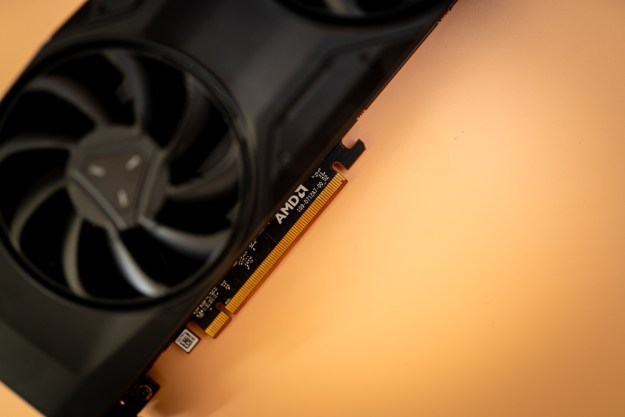Going for a more stylistic feel with its advertising for this graphics lineup, AMD’s teaser for the upcoming reveal isn’t particularly graphics focused. Indeed it features a boy banging a drum, encouraging a rebellion against … something. Presumably it’s supposed to be a rebellion against Nvidia, which, considering how much of the graphics market it’s taken over in the past year, does make some sense. It just seems like an oddly serious theme for what is in essence a way to get a few more frames per second in your favorite games.
There are a number of revolutionary symbols thrown about during the teaser, including a poster for the 1928 movie The Last Command, portions of which are set during the Russian Revolution of 1917. Other posters claim that VR shouldn’t be ‘just for the 1 per cent,” and demand that the people be given “full control.”
Presumably this will mean once again that Vega offers high-end performance, but at a decent price point. That may be difficult to swing if AMD is hoping to offer GTX-1080-beating performance in a variety of games and benchmarks, but traditionally it has offered the more cost-effective graphics solutions.
The video itself wants you to “make some noise,” for Vega and encourages fans to visit the Vega microsite, which for now simply features the video above and a countdown timer. It’s counting down to January 5.
It should be an impressive debut and fans of both graphical camps would like to see AMD be more competitive, as it often means good things for consumers all around. However, Nvidia will have its own showings at CES this year, so AMD will need to do something quite special to really capture the attention of gamers and enthusiasts.
With its debut just a few days away, Vega is expected to become commercially available at some point in the first half of 2017.
Editors' Recommendations
- AMD needs to fix this one problem with its next-gen GPUs
- AMD’s new CPUs let you play Cyberpunk without a graphics card
- AMD’s new integrated graphics might beat popular Nvidia GPU
- AMD is valiantly keeping its word to gamers
- AMD retracts its new gaming feature after it was getting players banned





